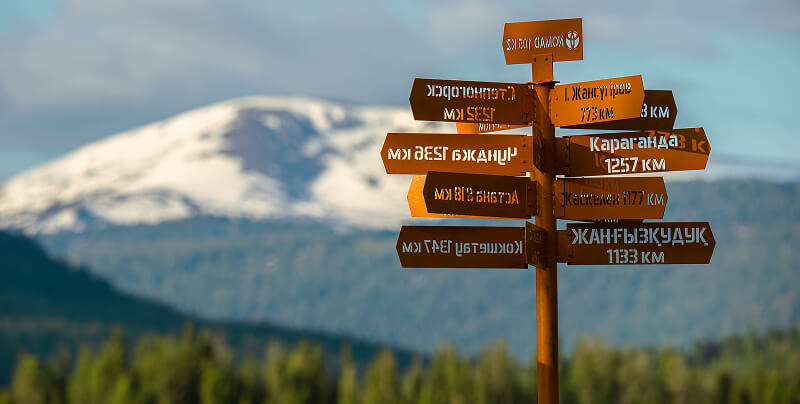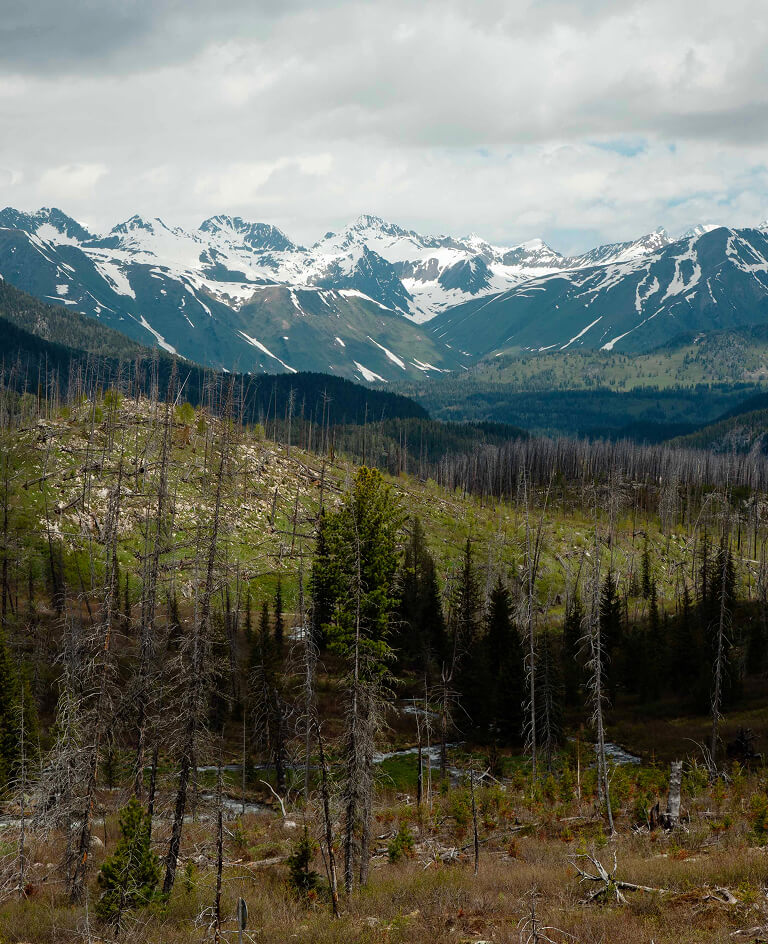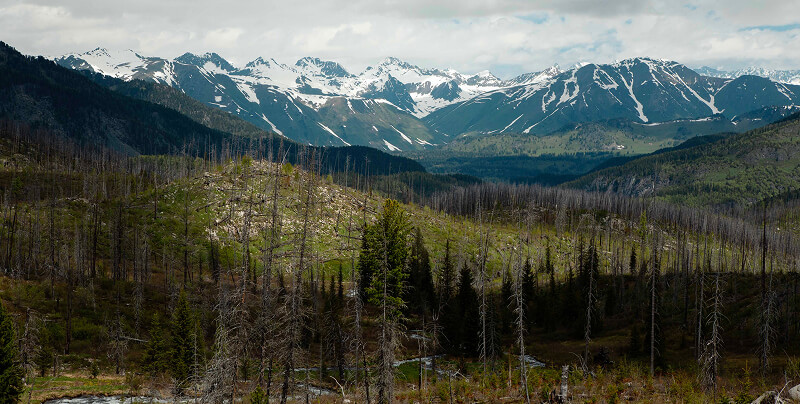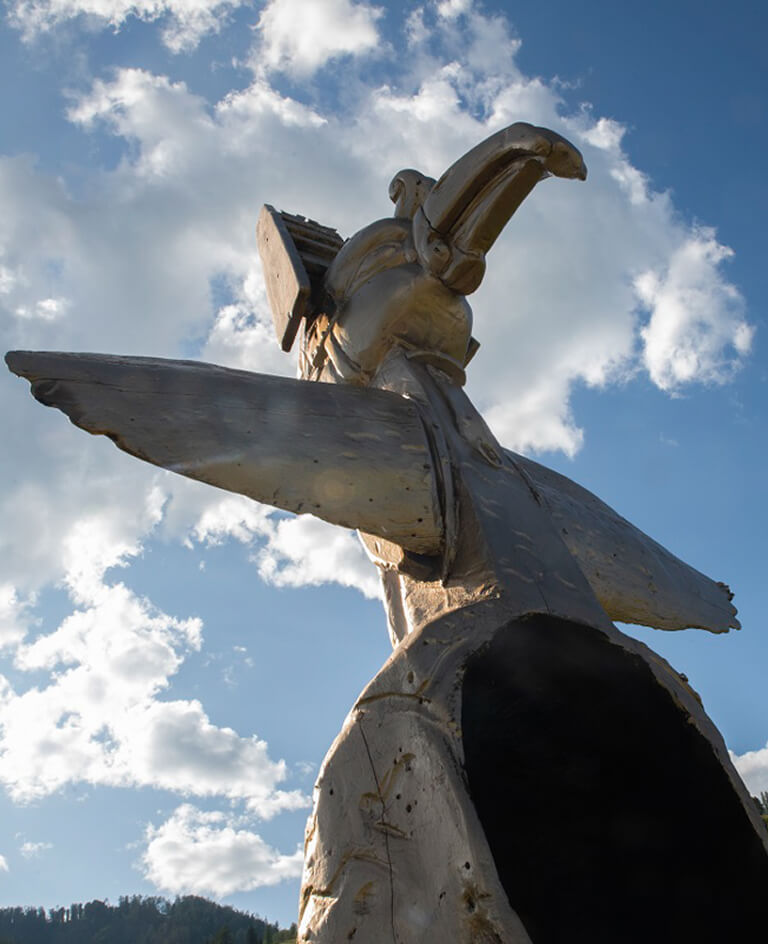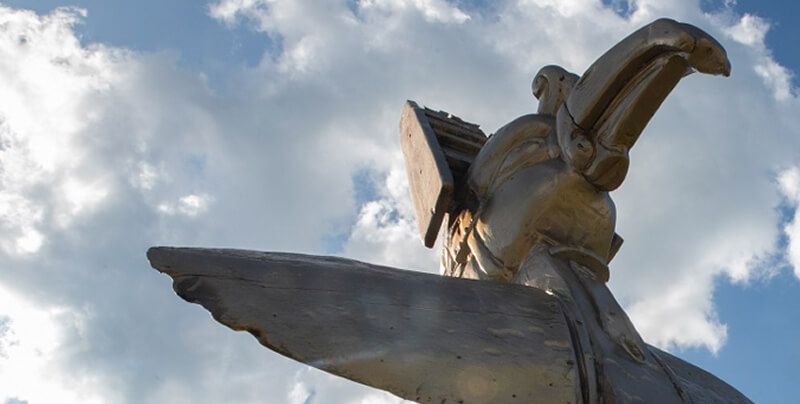
"Many legends have been woven about these lands, tracing back to times long before civilization as we know it. These lands have been home to many peoples, each leaving subtle cultural imprints. Here, space and time feel different. Nature is beautiful everywhere, but sacredness cannot be seen—it can only be felt.”
©Anatoliy Savichev


Katon-Karagay is a small district in eastern Kazakhstan, located in the national park of the same name. It is nearly the geographical center of Eurasia, far from all world oceans.
What magnetically attracts researchers and travelers worldwide to this land is not just its perfect nature and silence. Katon is a living entity.
A rich history, unique blended culture, and a different perception of time and space. One can endlessly describe the highest mountains, purest lakes, happiest cows, and lushest meadows, but the essence of an Altai adventure lies in feelings, emotions, and experiences.
Every guest who comes here unconsciously begins to heal, with reflection and contemplation fully occupying their mind. Katon changes people—you will feel it too.
Our goal is to create all the conditions for a comfortable existential experience and a safe immersion in pristine nature.
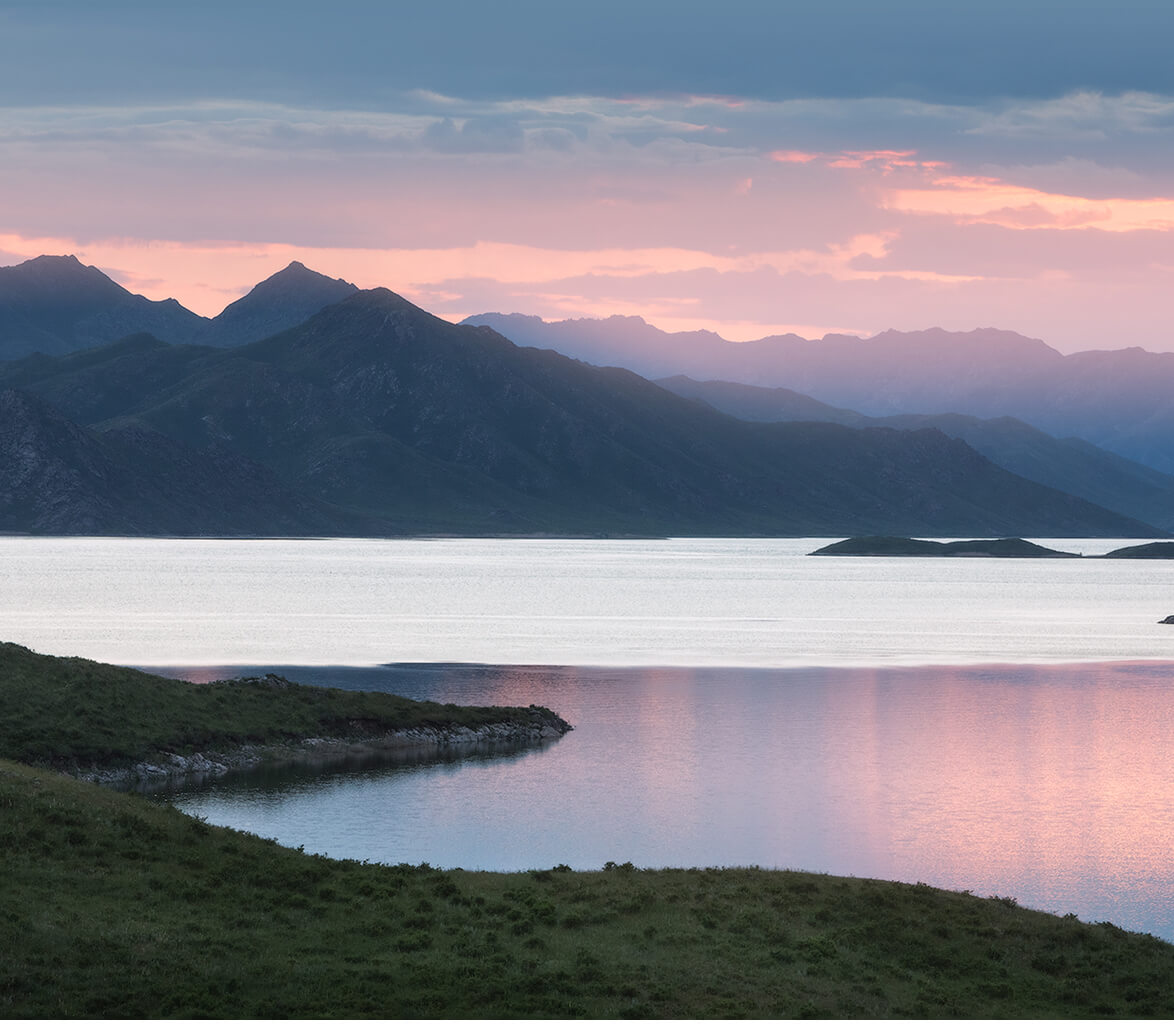
Katon is situated in a mountainous region and is part of the Altai, characterized by a sharply continental climate with significant temperature fluctuations both daily and seasonally. In summer, daytime temperatures often reach +30°C, while at night, they can drop to 0°C.
One unique feature of Katon is the significant temperature variation across different areas at the same time. For example, in January, the temperature in Katon is around -25°C (-13 F), while in Korobikha (a village on the banks of the Bukhtarma River), it can drop to -50°C (-58 F).
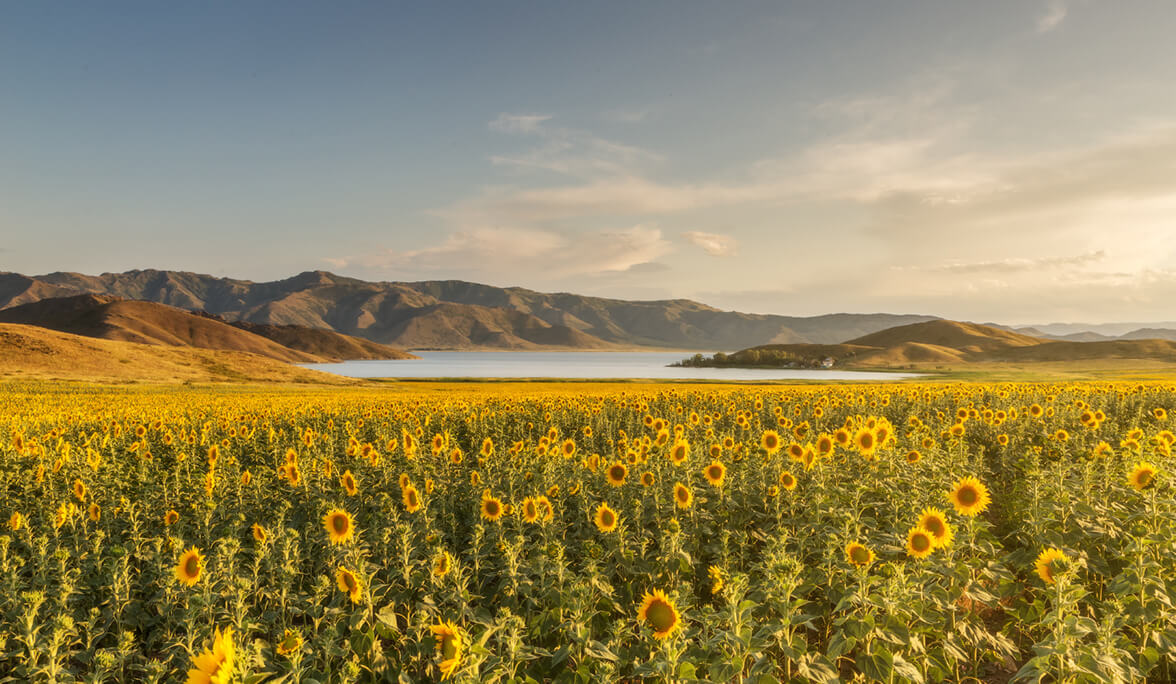
Precipitation is another crucial factor to consider. The rainiest period in Katon falls between June and July.
Summer & early autumn – Ideal for adventure and family trips.
Spring – The best time for thrill-seekers craving wild landscapes.
Winter – A magical retreat for those longing for cozy evenings by the fire and deep snowdrifts after a sauna.

Despite the challenging climate and severe weather conditions, we have interesting locations and activities for every season. By choosing a personal journey, you become the author of your program and can select your preferred travel format and activities.

Katon-Karagai National Park was established in July 2001. Its total area is 6,430 km², comparable to the size of some European countries.
Interesting Fact
Since January 2024, the national park’s territory has almost entirely aligned with the administrative borders of Katon-Karagai district. This alignment allows for the creation of a unique "reservation" of an ecologically clean environment with unique natural complexes covering nearly an entire district. The administrative area of the district is 9,407 km².









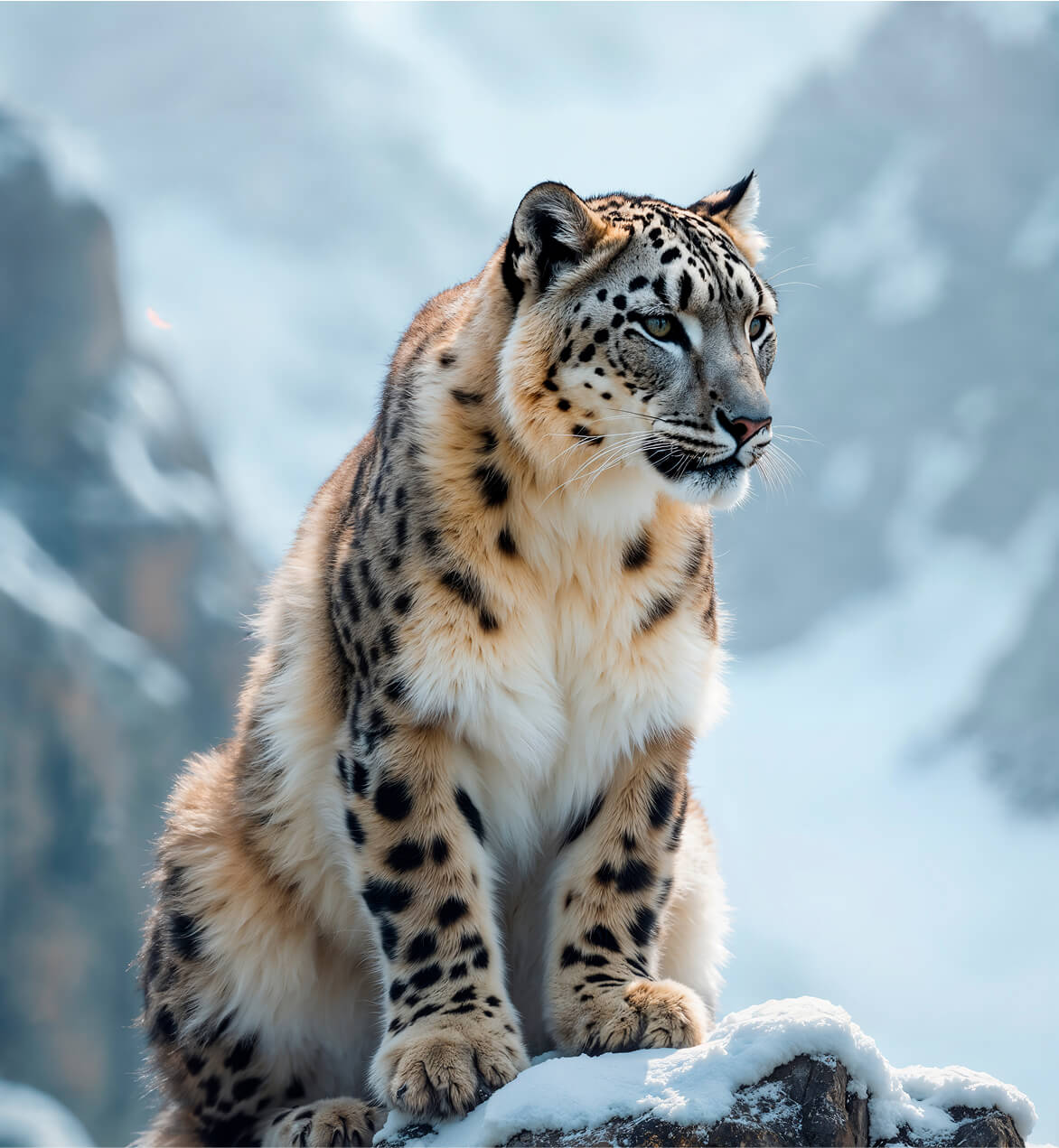





Katon preserves traces of human presence dating back to the 4th–3rd centuries BCE, remnants of the early Turkic and Turkic periods, and remarkable artifacts from the time when Old Believers (Kerzhaks) began settling in the region in the early 18th century.

During the 4th millennium BCE, Indo-European and Asian communities lived in present-day Kazakh Altai. Over time, their separation led to the mixing of tribes and the emergence of new ethnic groups. Proto-Turkic and later Turkic tribes from Altai eventually migrated as far as Anatolia, in present-day Turkey.
On the banks of the Bukhtarma River near Berel village, archaeologists have discovered over 100 burial sites from the Saka period. This burial ground was aptly named the "Valley of Kings”. The Berel burial mounds date back to the 5th–4th centuries BCE and are Kazakhstan’s only preserved site with organic remains. Research confirmed these burials belong to the Pazyryk culture of the Iron Age (6th–3rd centuries BCE).

Old Believers, who fled from the destruction of Kerzhenets sketes, Siberian exile, and Rudny Altai’s factories, began settling in Kazakh Altai between the 1720s and 1740s. At the time, this land was still ruled by the Dzungars.

In 1756, the Qing Dynasty defeated Dzungaria, leading to a prolonged struggle for control over this picturesque region. By the 1770s, Russia had solidified its position between the Irtysh and Bukhtarma rivers and did not expel the hundreds of Russian settlers, many of whom were born there. Instead, the new authorities simply refused to recognize them as Russians! Thus, since 1791, they existed as "Bukhtarma masons" (i.e., "highlanders"), who looked and spoke Russian but paid a yasak (a natural tax) and were exempt from military service. This arrangement suited all parties—the settlers had religious freedom and continued to live by their own customs. Here, on the Bukhtarma River, the Buddhist image of Shambhala seems to have transformed in the Russian consciousness, replaced by the idea of Belovodye. In search of it, some of the "masons" ventured beyond Belukha Mountain, eventually settling in the Uymon Valley.

Global history is available in textbooks, but learning history through people’s lives is always more captivating…

